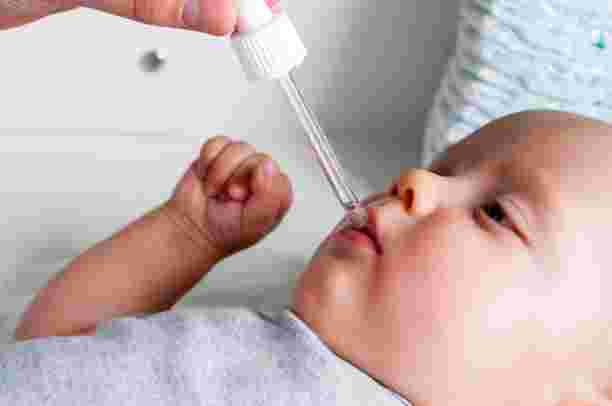When it comes to caring for newborns, parents often look for safe and effective ways to relieve symptoms like congestion or coughing. One common household remedy that frequently comes up in discussions is the use of medicated vapor rubs, such as Vicks for newborns. However, understanding the safety guidelines and medical advice surrounding this practice is essential, especially in the United States where pediatric health standards are well defined.
Why Parents Consider Vapor Rubs for Newborns
Newborns have delicate immune and respiratory systems, making them more prone to colds and nasal congestion. Some parents consider vapor rubs because of their soothing aroma and perceived ability to ease breathing discomfort. However, it is important to note that not all remedies suitable for older children or adults are safe for infants, particularly those under three months old.
Medical Recommendations in the US
In the United States, pediatricians generally advise against applying vapor rubs directly on newborns’ skin or near their nose. This is because certain ingredients, such as menthol, camphor, and eucalyptus oil, can be too strong for a baby’s developing respiratory system. Inhaling these concentrated vapors may lead to irritation or breathing difficulties.
For newborns, experts often recommend alternative methods for congestion relief. These may include using a cool-mist humidifier, gentle saline drops, and nasal suction to help clear nasal passages. Warm baths can also help loosen mucus naturally.
Potential Risks of Using Vapor Rubs on Newborns
Direct application of vapor rubs on newborns may cause skin irritation, allergic reactions, or respiratory distress. Their sensitive skin can absorb ingredients more quickly, increasing the risk of side effects. Additionally, strong vapors may overstimulate the mucus glands, potentially worsening nasal congestion rather than relieving it.
Safe Practices for Parents
If parents in the US still wish to use vapor-based products in the home, they are encouraged to follow safe practices. This might involve placing a small amount on a tissue or cloth and keeping it at a safe distance from the baby’s sleeping area, allowing the aroma to circulate without direct contact. Consulting a pediatrician before trying any remedy is always the safest choice.
Conclusion
The question of using Vicks for newborns is one that many parents encounter, especially during cold seasons. While the familiar scent of vapor rubs may be comforting, medical guidance in the US strongly emphasizes caution due to the potential risks for infants. By understanding safe alternatives and consulting healthcare professionals, parents can ensure that their newborns receive relief from congestion in the safest way possible.




